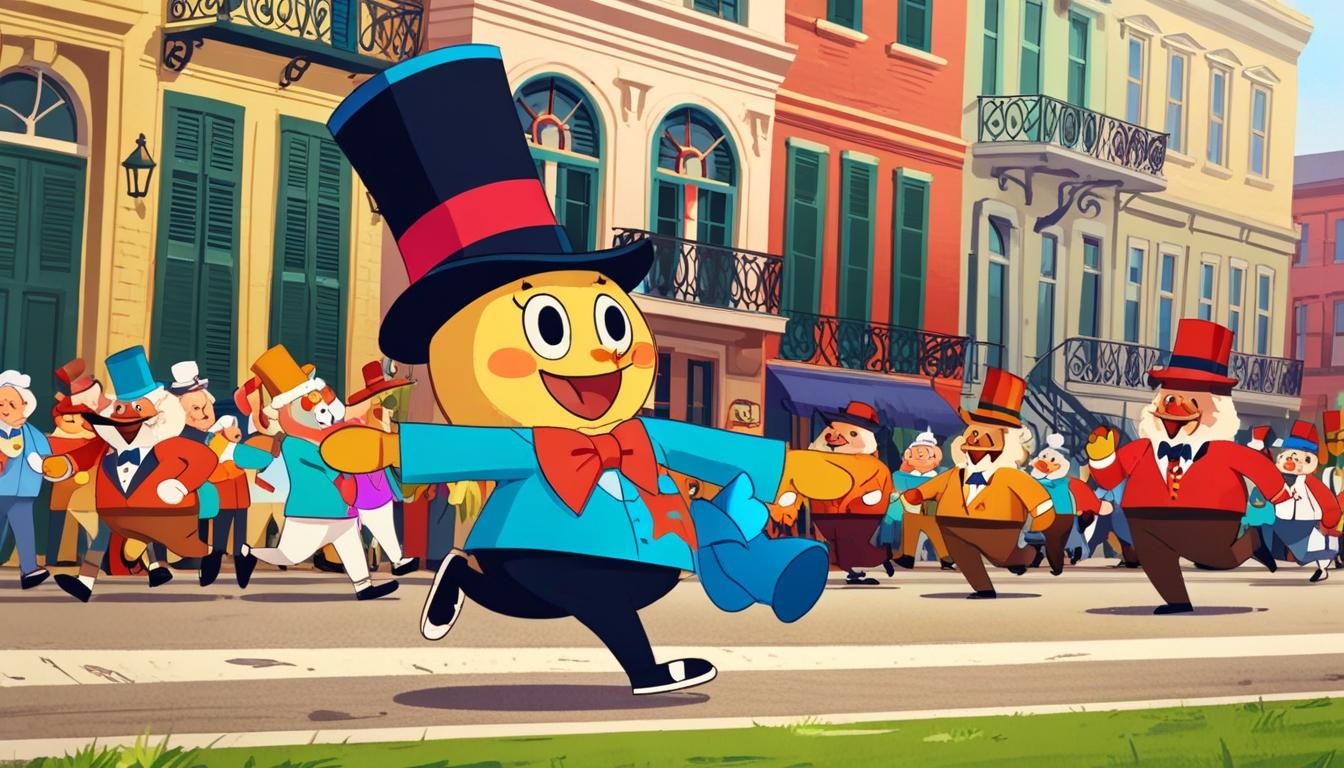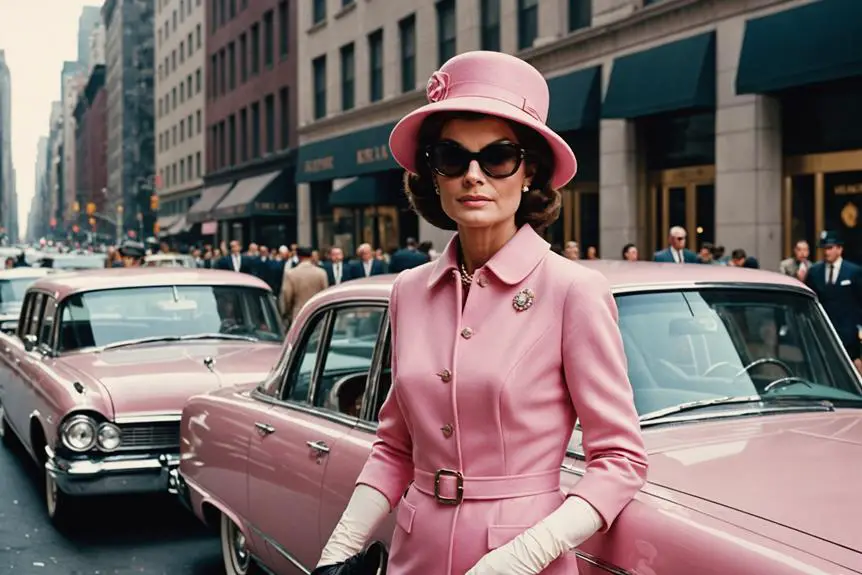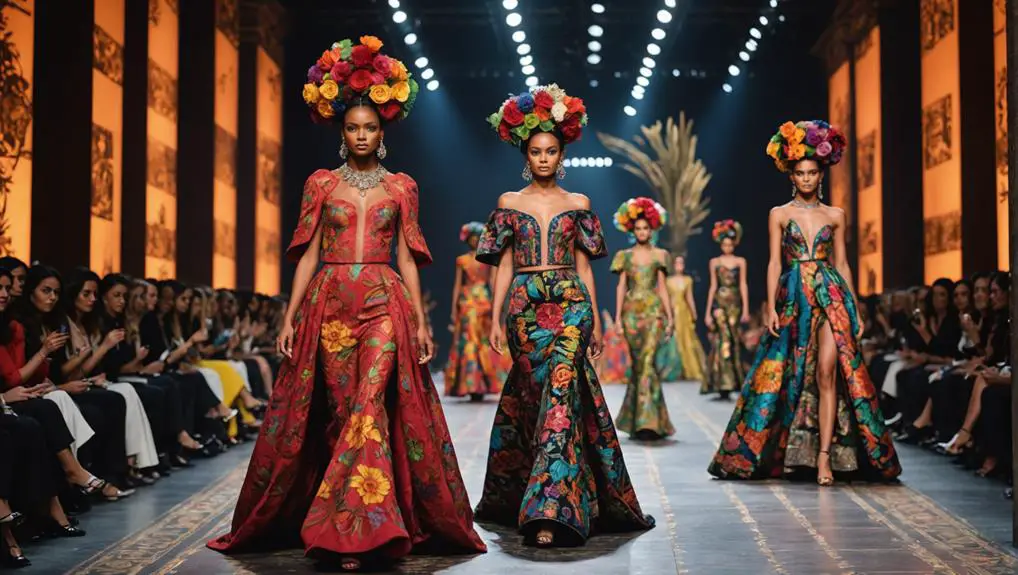New Orleans: As the Super Bowl nears, advertisers embrace nostalgia and humour to captivate audiences. With high stakes and comedic campaigns, brands aim for memorable storytelling amid a complex social backdrop, showcasing a blend of celebrity cameos and heartfelt narratives, all while navigating a competitive advertising landscape.
Advertisers for the Super Bowl are embracing a familiar formula this year, leaning heavily into nostalgia and comedy as they prepare for what is one of the most-watched events in American television. Set against the backdrop of the highly anticipated match between the Philadelphia Eagles and the Kansas City Chiefs, which takes place in New Orleans, brands are opting for light-hearted humour and trips down memory lane to connect with audiences.
As this year’s Super Bowl approaches, various companies have already begun unveiling their creative offerings, with many opting for a comedic tone. For instance, WeatherTech features a whimsical advertisement involving four elderly women embarking on a joy ride, while Eugene Levy lends his comedic charm as he finds his eyebrows animatedly buzzing around after consuming some Little Caesars. Such humorous portrayals, which include a sloth suffering from the Monday blues in a Coors Light ad and a jubilantly dancing tongue celebrating cold foam from Nestle Coffee-Mate, highlight the emphasis on lightness and enjoyment during these tense times.
Glenn Powell’s quirky take on Goldilocks for Ram Trucks and comedian Nate Bargatze’s inventive narrative involving cloning himself due to savings from DoorDash illustrate the extent to which advertisers are willing to showcase playful narratives. Shaboozey takes viewers on a jovial stroll through New Orleans in a Nerds ad, while stars of the “Fast and Furious” franchise leisurely cruise in a convertible, enjoying Häagen-Dazs ice cream bars—a nod that blends celebrity with standard marketable moments.
Tim Calkins, a marketing professor at Northwestern University’s Kellogg School of Management, provided some insights about the evolution of advertising for the Super Bowl this year, noting that the creative team behind many of these campaigns developed their concepts during a complex time—last autumn’s U.S. presidential elections. Calkins remarked, “This was a complicated Super Bowl for advertisers. Most ads were in development during last fall’s U.S. presidential election race, so avoiding controversy was even more of a priority than usual”. He clarified that “Safe advertising isn’t the advertising you notice or remember,” indicating that while a safe approach might be comforting, it risks fading into the background amid the buzzing competition for viewer attention.
Financially, the stakes are high, with some ad spots exceeding a record $8 million for just 30 seconds of airtime. Consequently, advertisers are looking to maximize impact through themes that resonate widely. Heartwarming nostalgia remains a recurring motif, as evidenced by Budweiser’s return of the beloved Clydesdales alongside a foal aspiring to join the team. Renowned actors Meg Ryan and Billy Crystal recreate a classic moment from 1989’s “When Harry Met Sally,” this time revolving around Hellmann’s mayonnaise, while a parade of familiar mascots, including Mr. Clean and the Pillsbury Doughboy, dominates an Instacart ad.
Professor Kimberly Whitler from the University of Virginia’s Darden School of Business asserts that advertisers are increasingly turning to nostalgia. “Nods to the past can broaden the appeal of an ad to different generations and connect products to positive cultural moments,” she noted, highlighting how referencing memories can strengthen consumer ties to various brands.
Celebrity appearances also play a pivotal role. Unique combinations aim to attract diverse audiences, such as Michelob Ultra landing actors Catherine O’Hara and Willem Dafoe as pickleball champions or David Beckham and Matt Damon sharing a familial moment as long-lost twins over Stella Artois. In addition, a multitude of celebrities features in an Uber Eats ad, including Matthew McConaughey and Martha Stewart.
The campaign landscape also includes more serious undertones, such as Novartis’ encouragement for early detection of breast cancer, and Dove’s poignant remarks on body image challenges facing young girls involved in sports. The juxtaposition of light-hearted and serious moments reflects the complexities within American society today, particularly after a divisive election cycle.
The emergence of artificial intelligence in advertising is another trend this year. Ads featuring Chris Pratt, Chris Hemsworth, and Kris Jenner showcase AI’s potential through smart glasses, while Walton Goggins promotes GoDaddy Airo, an AI service for building content. In contrast, Cirkul offers a comedic take on AI mishaps, featuring a skit where Adam Devine accidentally orders an excessive amount of water bottles due to AI error.
Overall, the evolving nature of Super Bowl advertising reflects a strategic blend of nostalgia, celebrity, humour, and subtle nods to societal issues, as brands navigate the delicate balance between safe and memorable storytelling.
Source: Noah Wire Services




